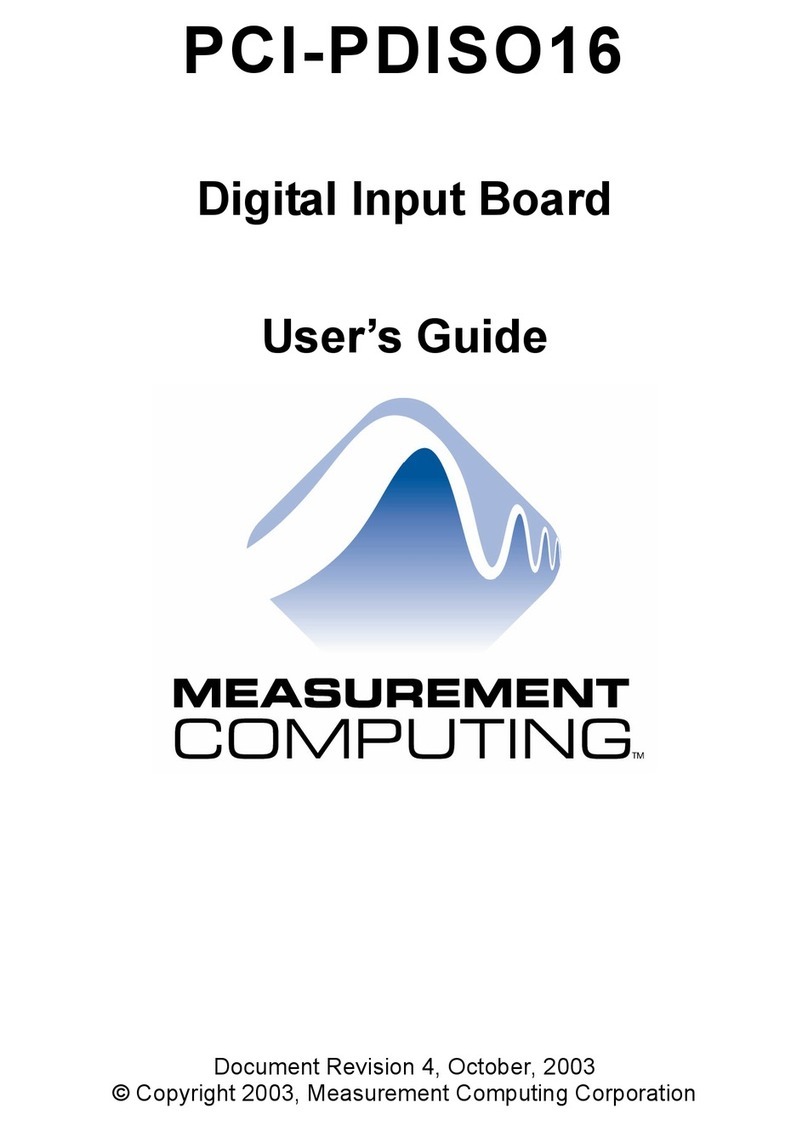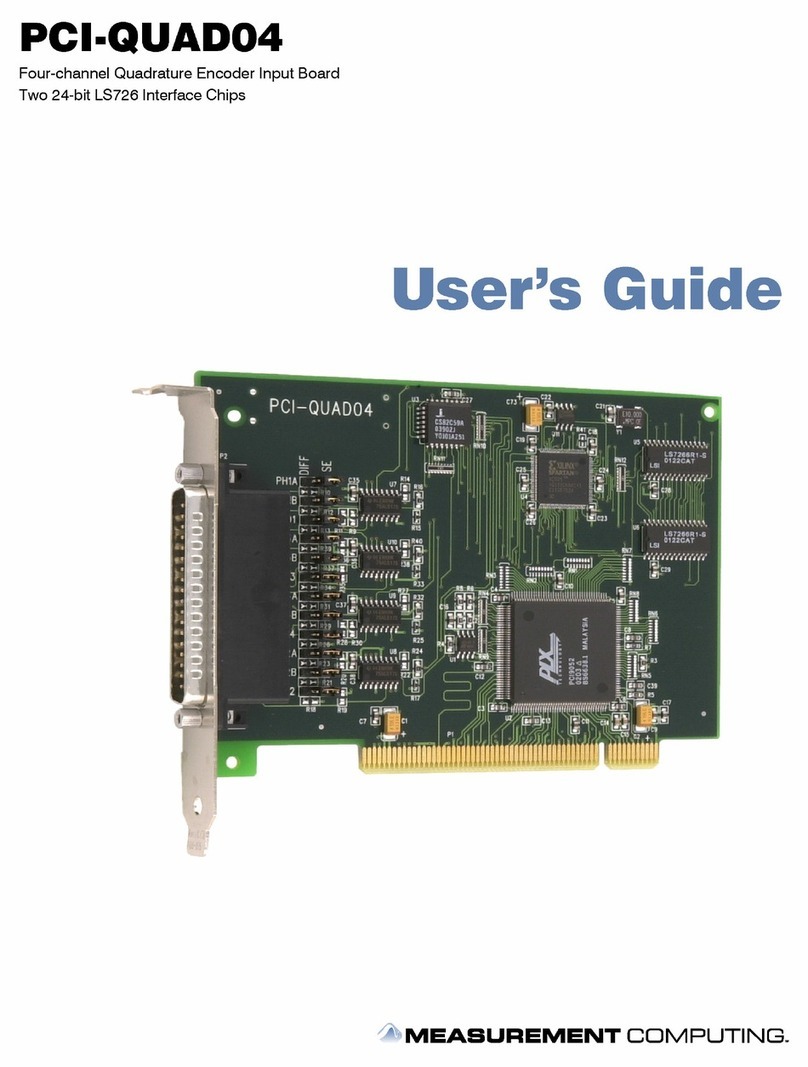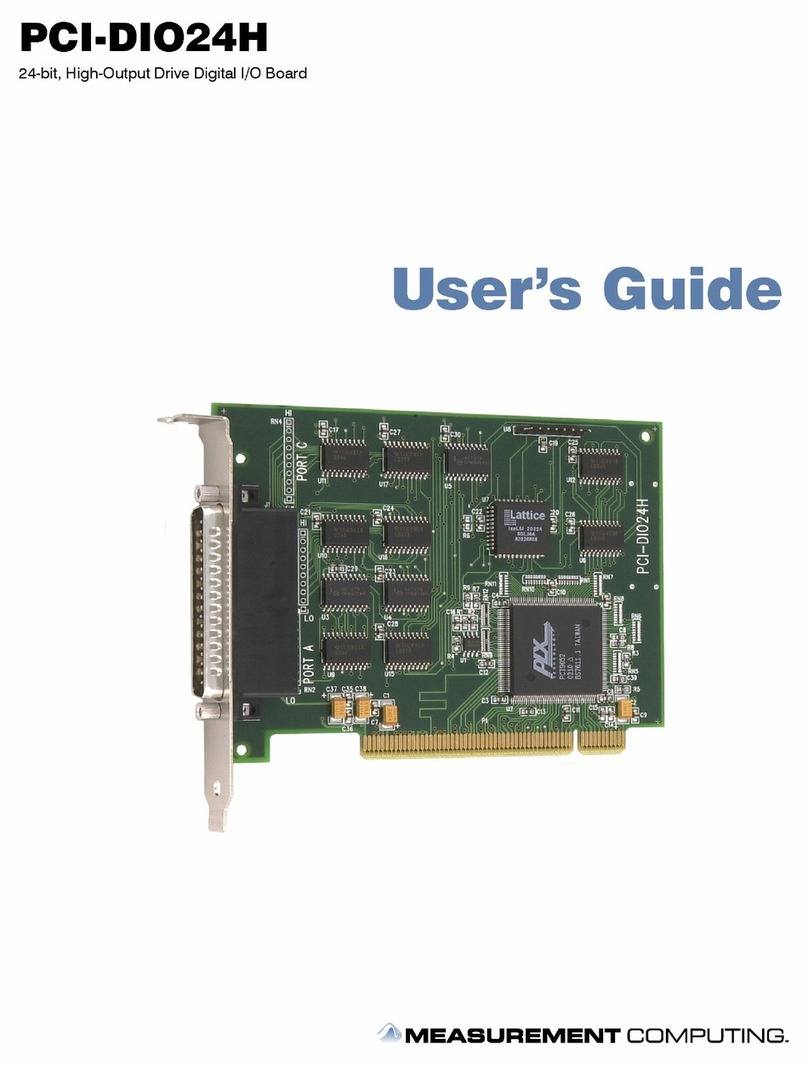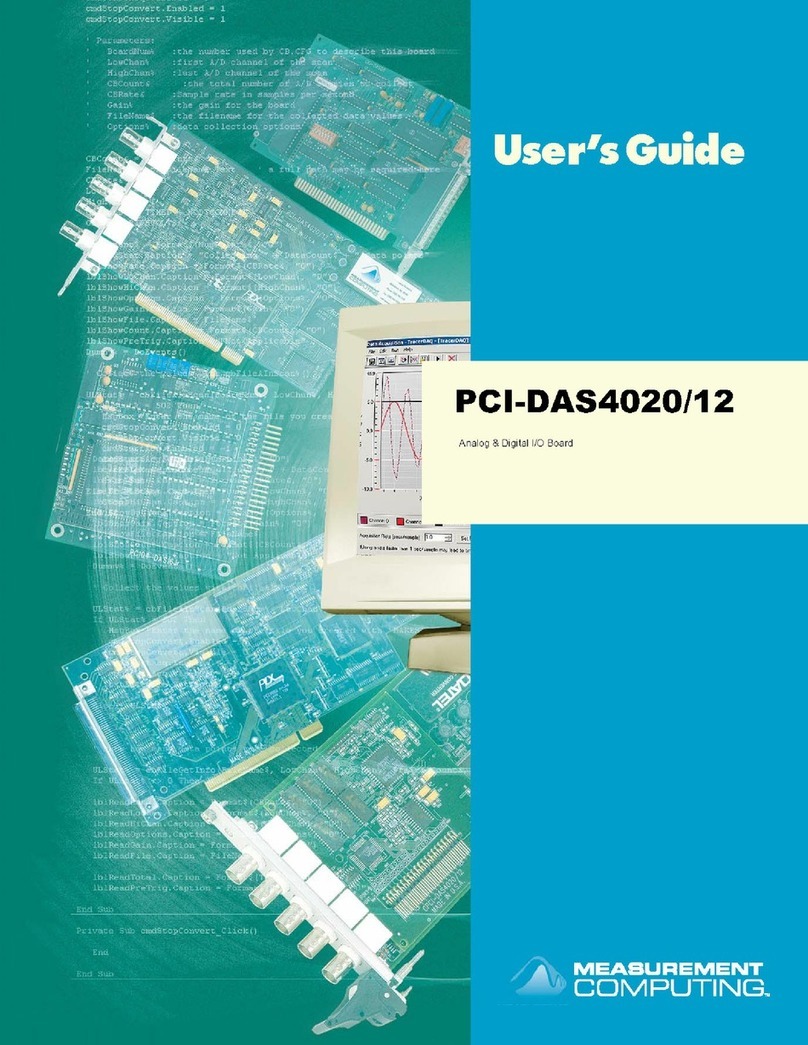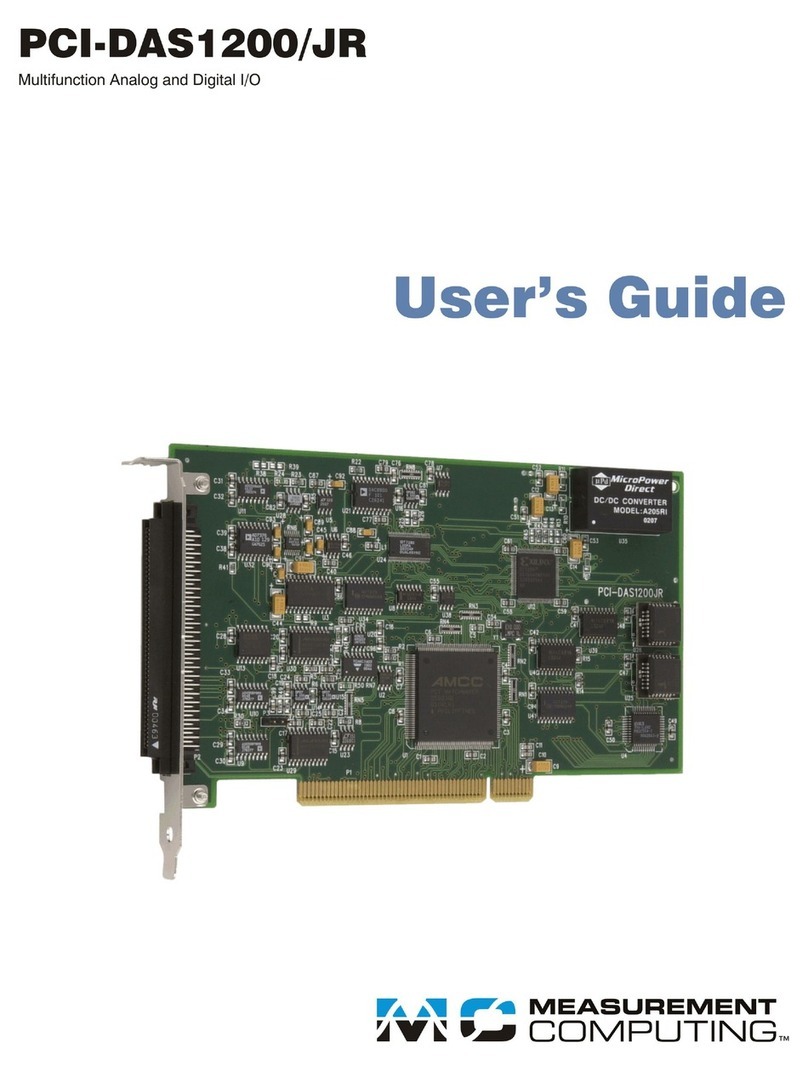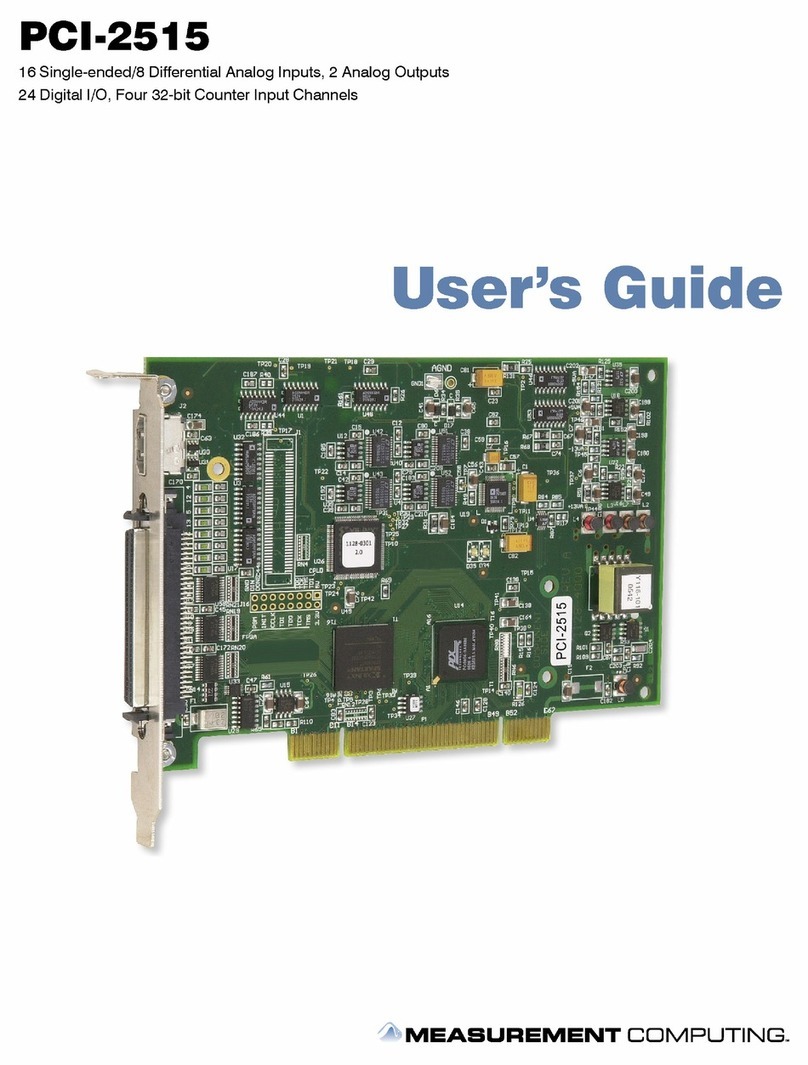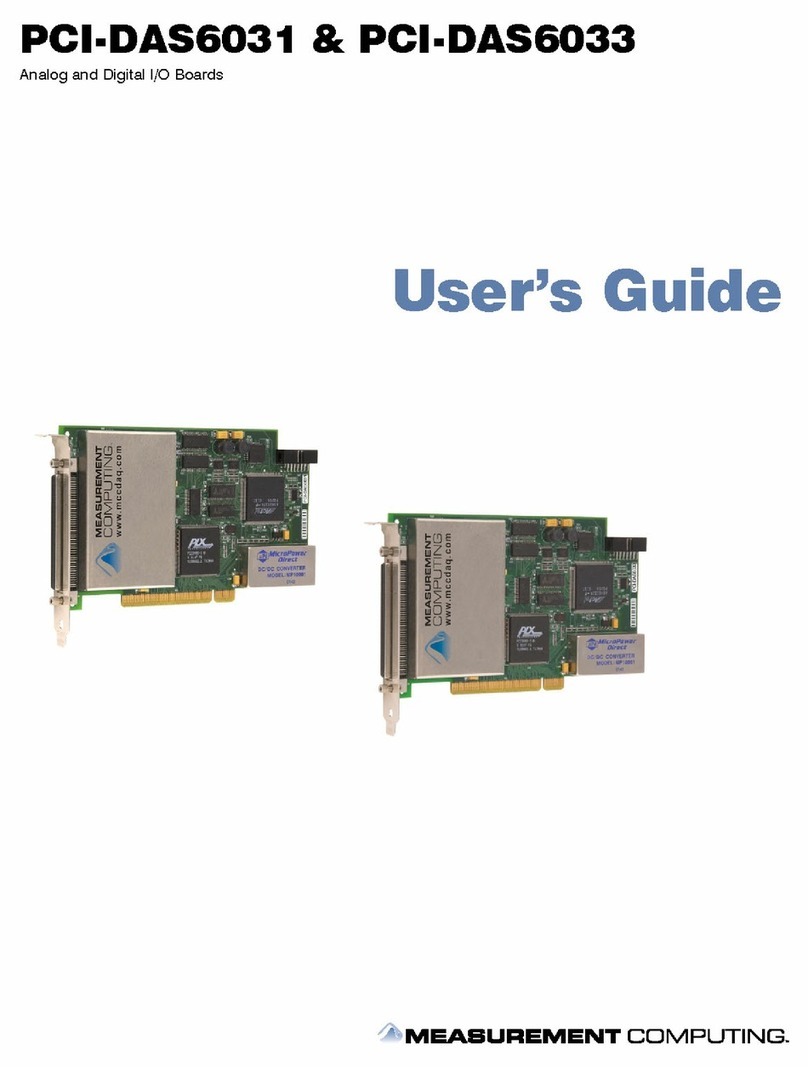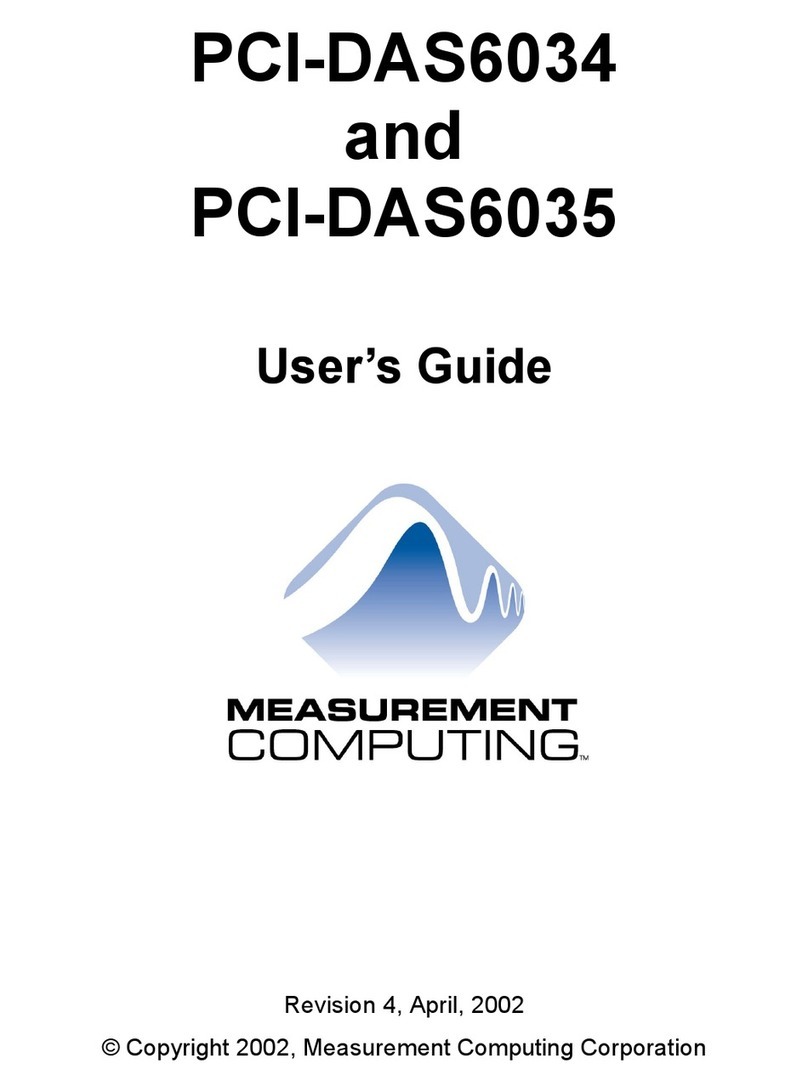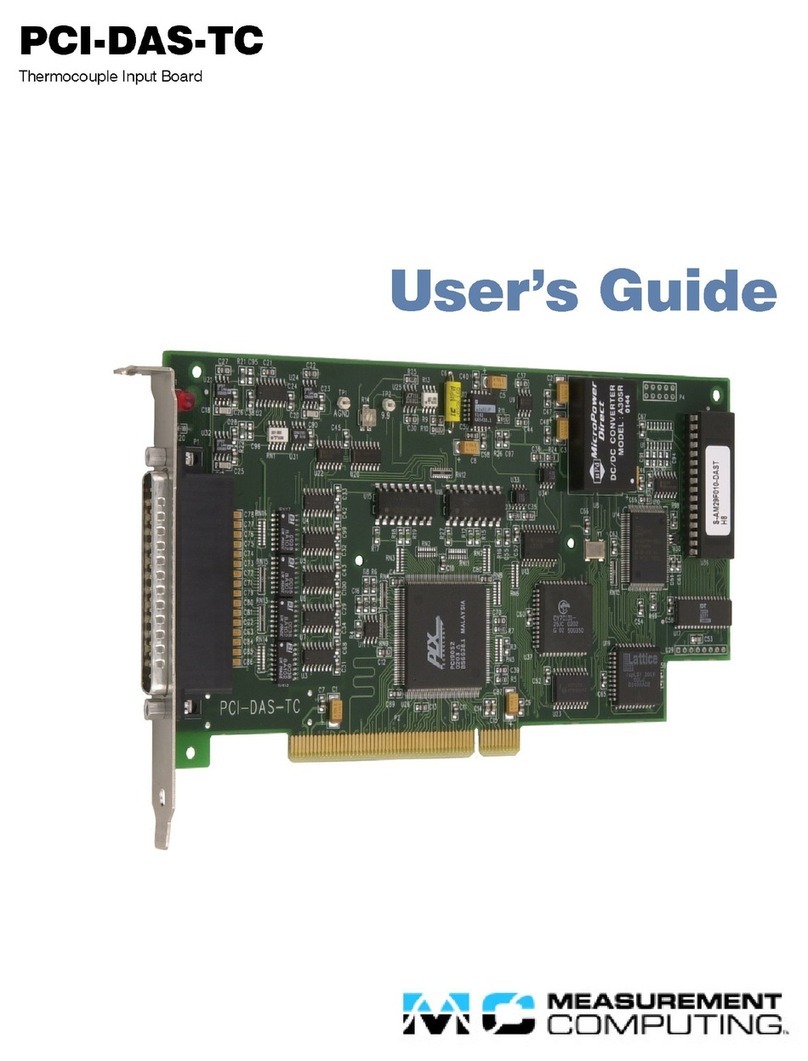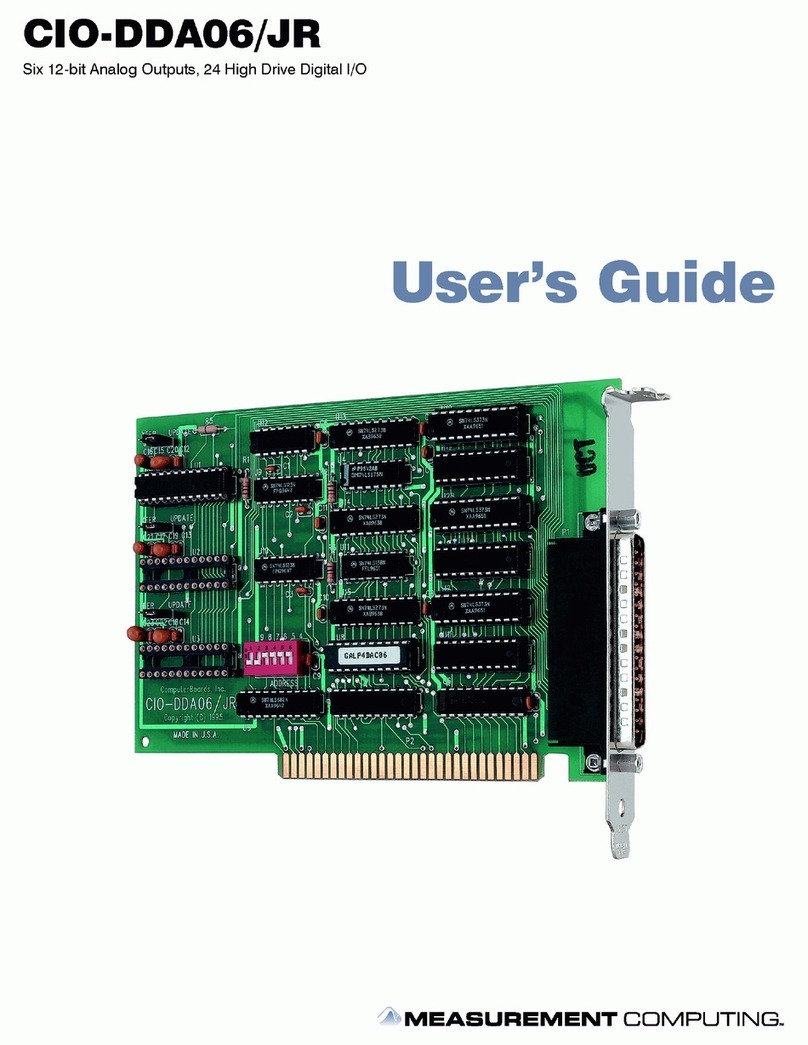
Table of Contents
About this User's Guide .......................................................................................................................v
What you will learn from this user's guide .........................................................................................................v
Conventions in this user's guide .........................................................................................................................v
Where to find more information .........................................................................................................................v
Chapter 1
Introducing the USB-DIO24/37......................................................................................................... 1-1
Overview: USB-DIO24/37 features................................................................................................................ 1-1
USB-DIO24/37 block diagram....................................................................................................................... 1-1
Software features ............................................................................................................................................ 1-2
Connecting a USB-DIO24/37 to your computer is easy................................................................................. 1-2
Chapter 2
Installing the USB-DIO24/37............................................................................................................. 2-1
What comes with your USB-DIO24/37 shipment?......................................................................................... 2-1
Hardware ....................................................................................................................................................................... 2-1
Software......................................................................................................................................................................... 2-1
Documentation............................................................................................................................................................... 2-1
Optional components ..................................................................................................................................................... 2-2
Unpacking the USB-DIO24/37....................................................................................................................... 2-2
Installing the software .................................................................................................................................... 2-2
Installing the USB-DIO24/37 ......................................................................................................................... 2-3
Connecting the USB-DIO24/37 to your system............................................................................................................. 2-3
Connecting the board for I/O operations ........................................................................................................ 2-3
Connectors, cables – main I/O connector....................................................................................................................... 2-3
Pin out – main I/O connector ......................................................................................................................................... 2-4
Cables ............................................................................................................................................................................ 2-4
Field wiring, signal termination and conditioning ......................................................................................................... 2-5
Chapter 3
Functional Details ............................................................................................................................. 3-1
Components.................................................................................................................................................... 3-1
37-pin I/O connector...................................................................................................................................................... 3-1
USB connector............................................................................................................................................................... 3-2
LED ............................................................................................................................................................................... 3-2
Pull-up resistors ............................................................................................................................................................. 3-2
Power consumption ........................................................................................................................................ 3-2
Chapter 4
Specifications.................................................................................................................................... 4-1
Digital input/output......................................................................................................................................... 4-1
Counter ........................................................................................................................................................... 4-1
Data transfer rates........................................................................................................................................... 4-1
Power.............................................................................................................................................................. 4-2
General ........................................................................................................................................................... 4-2
Environmental ................................................................................................................................................ 4-2
Mechanical ..................................................................................................................................................... 4-2
Main connector and pin out ............................................................................................................................ 4-3
iv

